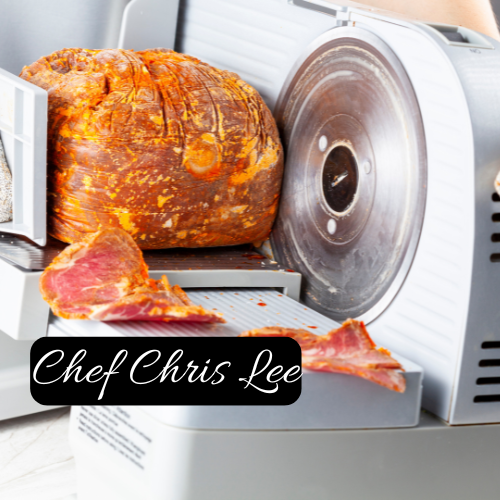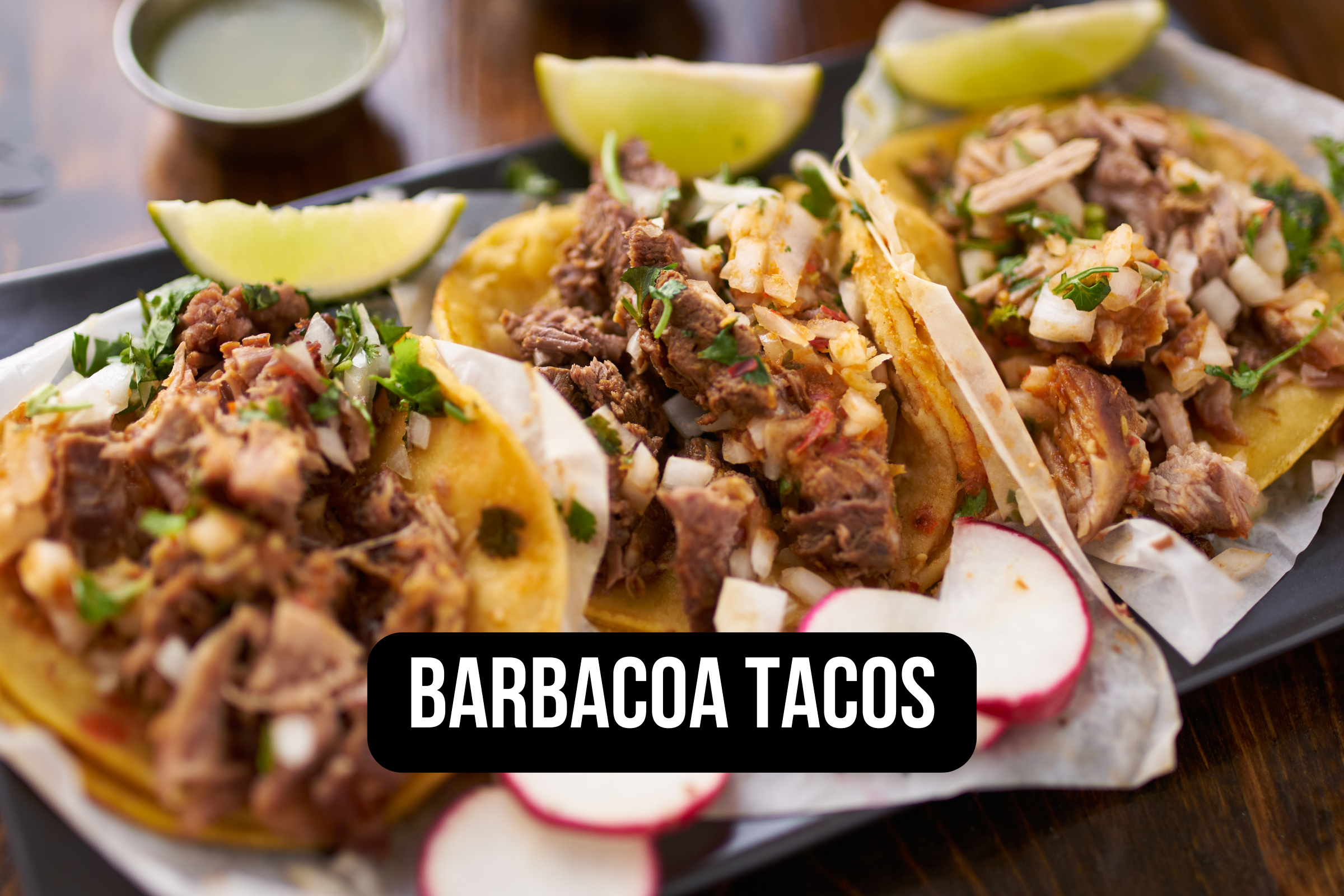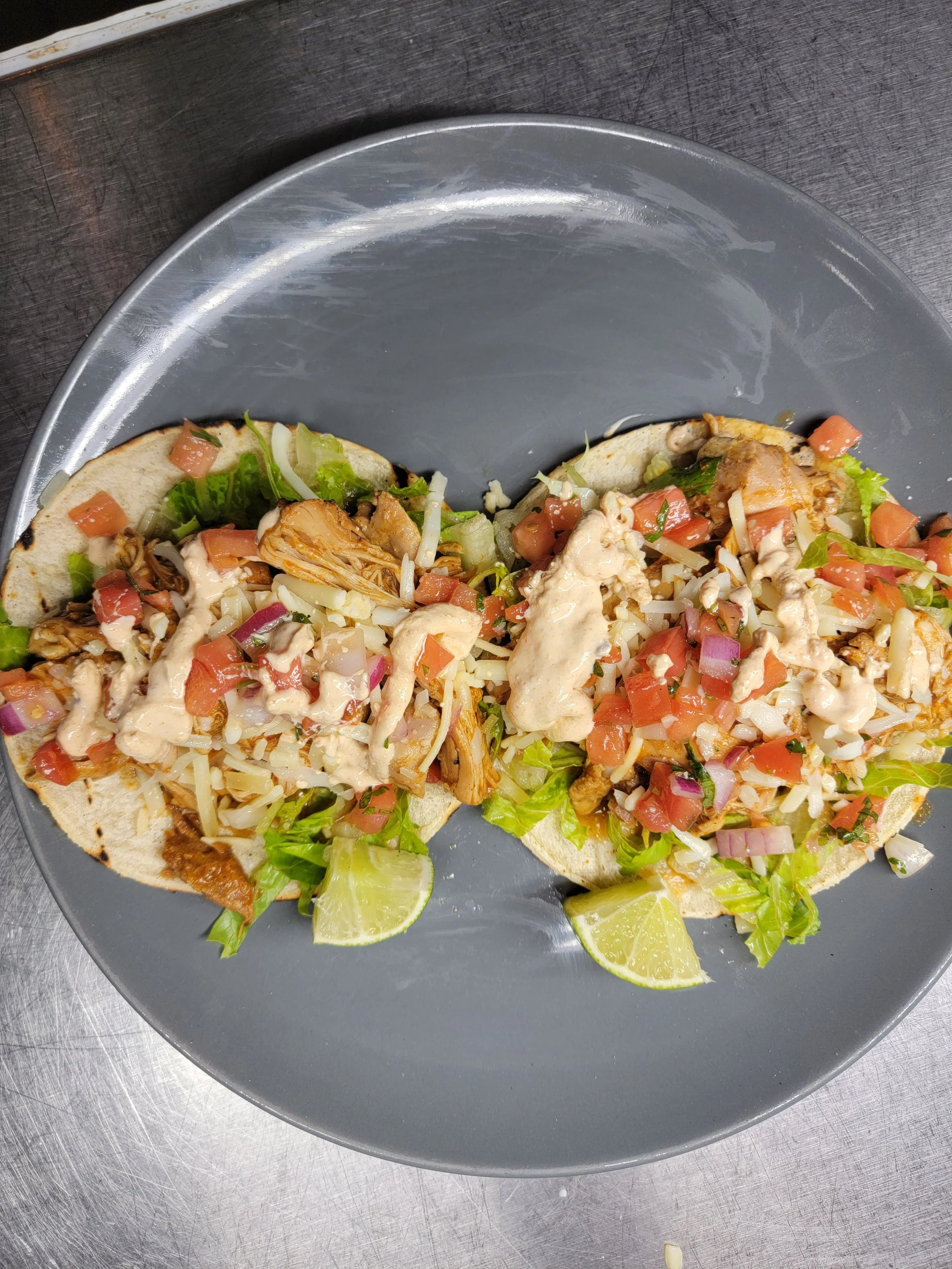Uncover The Best Cooking Pans Of 2024
Best cooking pans
The Importance of Selecting the Right Cooking Pans
Choosing the right cooking pans is a seminal aspect of any culinary endeavor. A well-crafted pan functions as more than just a vessel for your ingredients; it plays an integral role in heat distribution, flavor development, and, ultimately, the success or failure of your dish. Cooking pans have come a long way since their rudimentary incarnations as clay vessels on open fires.
Today, they are sophisticated tools engineered with precision to cater to various cooking styles and preferences. From searing steaks with impeccable grill lines to simmering delicate sauces, each type of pan is designed for specific tasks in the kitchen.
The right pans can enhance your cooking prowess by performing efficiently and predictably every time. Furthermore, choosing quality over cost-effectiveness ensures longevity - a feature that pays for itself over time when considering replacement costs.
Quality pans also contribute to healthier cooking through less oil usage and reduction in harmful chemicals often associated with poor-quality non-stick surfaces. Thus, selecting the right cookware hinges on understanding materials used, heat conduction qualities, durability aspects and health implications.
Factors to Consider When Buying Cooking Pans
When buying new cooking pans, it's important not only to consider aesthetics but also factors such as heat conductivity – different metals conduct heat at varying degrees. For instance, copper has excellent thermal conductivity properties ensuring even heating while stainless steel does not conduct heat as well. The durability of a pan is also paramount; ideally you want something that can withstand high temperatures without warping or degrading over time.
Cast iron pans are renowned for their durability as they are virtually indestructible albeit heavy. Reactiveness is another factor worth considering; certain metals react with acidic foods which may produce off-flavors or even pose potential health risks.
For example, aluminum tends to react with tomatoes and other acidic dishes causing them to absorb some of the metal. Maintenance ought to be contemplated as well.
If you seek convenience, opt for a pan with a non-stick coating that is easy to clean and maintain. However, if you are unabashed about putting in some elbow grease for upkeep and relish the flavors produced from seasoned pans, then cast iron or stainless steel may be your go-to choice.
The best cooking pan essentially depends on your personal preferences and cooking habits. Remember that no single material offers all the benefits; therefore it may be beneficial to have a mix of different types for various uses.
The Quintessential Quartet: An Exploration of Different Types of Cooking Pans and Their Uses
Frying Pans/Skillets: The Culinary Classics
To commence our pantheon of pans, we introduce the ubiquitous frying pan or skillet. This kitchen staple is a round-bottomed flat pan, typically with low sides flaring outwards. It's designed for frying, searing and browning foods swiftly over high heat.
A well-constructed skillet boasts the ability to reach high temperatures rapidly and distribute heat evenly across its surface. When it comes to material choice, cast iron and stainless steel reign supreme for these culinary workhorses.
Cast iron pans are renowned for their heat retention properties and versatility in transitioning between stovetop and oven use seamlessly. On the other hand, stainless steel skillets provide excellent resistance to rusting or staining while delivering an impressive non-reactive surface ideal for acidic or alkaline ingredients.
Among brands that have earned their stripes in skillet manufacturing, Lodge's American-made cast iron skillets have become nearly synonymous with this genre of cookware. For stainless steel aficionados seeking a blend of performance and elegance, All-Clad's line-up delivers unrivaled durability coupled with a polished aesthetic appeal.
A well-chosen skillet can elevate your cooking prowess by bridging the gap between professional chefs and home cooks. With thoughtful consideration towards material choice along with suitable brand selection, it becomes indispensable in your arsenal of kitchen tools.
Saucepan: The Kitchen Alchemist’s Crucible
Moving on to saucier terrains, we delve into the world of saucepans – deep cooking pots imbued with straight sides perfect for simmering sauces, soups or boiling vegetables on medium-low heat settings. In terms of materials, stainless steel and copper are the saucepan stars.
Stainless steel provides sturdy resilience against corrosion while offering excellent heat conduction. Meanwhile, copper saucepans deliver rapid, evenly distributed heating essential for making delicate sauces or melting sugar without risking burning.
When it comes to premium models on the market, Cuisinart’s MultiClad Pro Stainless Steel Saucepan and Mauviel’s M’Heritage Copper Saucepan exemplify superior construction standards along with functional elegance. The humble saucepan allows you to transcend mundane culinary practices by offering a unique platform for creating delectable sauces or hearty soups – further enhancing your cooking journey's creativity and versatility.
Sauté Pan: A Seamless Blend of Functionality & Versatility
Sauté pans, with their wide flat bottom and straight high sides, represent an amalgamation of skillet-like searing capability and saucepan-style capacity. These pans are perfect for sautéing – a cooking method involving quick cooking over high heat with little fat. The process enhances flavors while preserving the texture and integrity of ingredients.
Non-stick aluminum pans make ideal sauté vessels due to their lightweight nature coupled with excellent heat conductivity. The non-stick surface reduces the need for excessive oils - lending itself well to healthier cooking methods.
Touting top-tier performance in this category, T-fal's Hard Anodized Nonstick Dishwasher Safe PFOA Free Sauté Pan and Calphalon's Contemporary Hard-Anodized Aluminum Nonstick Cookware have become fan favorites thanks to their durability, ease-of-use and splendid heat distribution properties. By capitalizing on both design elements from skillets and saucepans alike, sauté pans lend themselves as versatile tools capable of undertaking various culinary tasks efficiently - truly earning a rightful place in any well-equipped kitchen.
Niche Pans: Specialized Tools for Unique Culinary Endeavors
We explore a medley of niche pans designed to cater to specific cooking methods or dishes. These include grill pans with ridged interiors for indoor grilling, roasting pans for large cuts of meat or vegetables, and woks that cater to stir-frying and deep-frying with their steep sides and small base.
The ideal materials for these specialized pans vary based on their distinctive uses. Cast iron suits grill pans, offering excellent heat retention essential for achieving desirable sear marks.
Stainless steel roasting pans can withstand high oven temperatures while providing effortless clean-up after cooking. Woks made from carbon steel deliver superior heat conductivity – an indispensable quality when stir-frying at high temperatures.
Among the brands offering quality niche pans, Le Creuset's Signature Cast Iron Grill Pan, All-Clad's Stainless Steel Roasting Pan and Craft Wok's Traditional Hand Hammered Carbon Steel Pow Wok have received glowing reviews for their performance and durability. When your culinary passion extends beyond conventional boundaries, these specialized pans come into play – allowing you to explore diverse cooking methods while delivering exceptional results tailored to each unique application.
Metals of Mastery: A Detailed Analysis of Cooking Pan Materials
Stainless Steel: The Lustrous Powerhouse
The omnipresent stainless steel pan, recognized for its shiny, reflective surface, is usually the first choice of professional chefs for its durability and performance. Stainless steel pans are non-reactive, meaning they don't react with acidic or alkaline foods, preserving the authenticity of flavors. They can withstand high heating levels without warping or discoloring and are generally dishwasher safe.
However, one prevalent drawback is their poor heat conductivity compared to other materials such as copper or aluminum. To combat this issue, many high-quality stainless steel pans incorporate an aluminum or copper core to improve heat distribution.
Another challenge with stainless steel pans is that food tends to stick to them unless ample amounts of oil or fats are used while cooking. This sticking problem can deter health-conscious cooks who prefer minimal oil usage.
Yet in return, it offers a splendid opportunity to create fonds - caramelized bits stuck at the bottom which when deglazed form a flavorful base for sauces. Last but not least, stainless steel pans require slightly more maintenance as compared to non-stick ones - they need prompt cleaning after use to avoid permanent staining and may occasionally require polishing to retain their luster.
Cast Iron: The Resilient Relic
A time-honored favorite among many culinary enthusiasts worldwide is the cast iron pan. Renowned for its robustness and excellent heat retention capability- once heated properly; it maintains a consistent temperature- perfect for searing meats and baking goods in the oven. One extraordinary advantage is that quality cast iron cookware can last decades if cared for appropriately.
It is virtually indestructible; therefore households often pass these down generations, thereby forming a treasured culinary lineage. Yet, the cast iron pan has its share of drawbacks.
First, it is heavier than other materials, making it somewhat inconvenient to maneuver. It also requires more maintenance - they need seasoning (coating with a thin layer of oil and heating) regularly to prevent rusting and ensure non-stick properties.
Also, it heats slowly compared to other materials and doesn't distribute heat evenly throughout the surface but rather holds heat in the center. Despite these shortcomings, many chefs swear by their cast iron pans because they bring an unparalleled rustic charm to cooking.
Copper: The Elegant Conductor
Copper pans are the epitome of elegance in culinary cookware; their lustrous sheen can adorn any kitchen decor effortlessly. But these are not just about aesthetics; copper is known for its superior heat conductivity among all cookware materials. It heats up rapidly and cools down just as quickly giving you maximum control over cooking temperatures- ideal for delicate preparations like sauces or confectioneries.
However, copper pans tend to be expensive due to their material costs and craftsmanship involved in manufacturing them. They also require regular polishing to prevent tarnishing and maintain their visual appeal.
Since copper is reactive with acidic or alkaline ingredients causing unpleasant metallic taste in food, these pans are usually lined with tin or stainless steel while keeping the core as copper for even heat distribution without compromising the food's flavor. All said; while these pans may require diligent care and a slightly heavy pocket initially, they are an investment offering you precision cooking combined with a regal aesthetic appeal.
Non-Stick: The Effortless Essential
In modern-day kitchens where convenience reigns supreme - Non-stick pans have marked their indispensable presence. These pans are especially favored by beginners or health-conscious individuals as they require less oil or fat to cook and are easy to clean. Non-stick pans are ideal for preparing delicate foods like eggs, pancakes, or fish that easily break apart.
They also take less time to heat up due to the thin material used in their construction, thereby saving fuel. But on the downside, non-stick pans cannot withstand high heat which limits their versatility - hence they are not suitable for searing meats or any preparation requiring high-temperature cooking.
Their coating may also wear off over time upon excessive use or improper cleaning methods- releasing potentially harmful fumes. While non-stick pans offer the convenience of easy cooking and cleaning, one must be mindful of their limitations and care requirements to ensure longevity and safety.
Aluminum: The Lightweight Performer
Aluminum pans often serve as an economical yet effective choice in many kitchens owing to their excellent thermal conductivity- second only to copper. They heat up quickly and evenly across the surface eliminating hot spots for uniform cooking. Their lightweight nature makes them easy to handle making it a popular choice among home cooks.
They’re also resistant to rust and can sustain themselves well under regular usage without being excessively heavy on the pocket. However, like copper, aluminum is reactive with certain foods which may lead it to discolour certain ingredients or impart a metallic taste into food.
To counteract this issue, many manufacturers use anodized aluminum- a process that thickens the naturally occurring oxide layer on aluminum making it non-reactive and more durable than regular aluminum. In essence, while pure aluminum pans might have its downsides - when treated with modern technologies they prove themselves worthy contenders in terms of functionality coupled with affordability within cookware materials."
Understanding Cookware Coatings
One of the crucial aspects in selecting your perfect pan is understanding the myriad cookware coatings available. These coatings not only impact the pan's function, but also its longevity and compatibility with various food types. The two most prevalent types of coatings are non-stick and enamel, each presenting its distinct advantages and considerations.
Non-stick Coating: A Convenience in Modern Cooking
A non-stick coating, as its name implies, offers a smooth surface that allows food to glide effortlessly off the pan without sticking. This remarkable feature makes it an excellent companion for cooking delicate items like eggs or pancakes.
The non-stick property reduces the need for excessive oil or butter, thus leading to healthier cooking options. The non-stick coating is typically made from a synthetic polymer known as polytetrafluoroethylene (PTFE), more commonly referred to as Teflon.
It's applauded for its resistance to high heat and chemical reactions - contributing factors that make it durable over time. However, there are potential health concerns associated with non-stick pans when they're misused or overused at very high temperatures.
When heated beyond 570°F (300°C), PTFE can begin to degrade and release fumes that may cause flu-like symptoms if inhaled - a phenomenon known as "Teflon flu." Maintaining a non-stick pan requires care and attentiveness.
To keep it in optimal condition, avoid using metal utensils which can scratch and damage the surface; instead, opt for wood or silicone tools. Additionally, washing by hand with mild detergent will prolong their lifespan versus aggressive dishwashing cycles.
Enamel Coating: Long-lasting Beauty and Functionality
An enamel coated pan is essentially an iron or steel pan coated with a thin layer of glass, termed as vitreous enamel. This coating results in a vibrant, glossy finish that combines the durability of metal with the heat distribution and non-reactive properties of glass.
Enamel pans are impressive for their ability to withstand high temperatures without discoloring or reacting with acidic foods - making them ideal for simmering sauces or slow-cooking stews. Additionally, the smooth surface is resistant to sticking and can transition from stovetop to an oven or even directly to your dining table as an attractive serving piece.
Despite these advantages, care must be taken not to chip the enamel coating as it can expose the underlying metal, which may rust if left untreated. It's advisable to use wooden or silicone utensils rather than metal ones to avoid damaging this protective layer.
To maintain an enamel-coated pan's lustrous look and performance, clean it gently after each use with warm soapy water and a non-abrasive sponge. If food does get stuck, soaking in warm water will usually loosen it; abrasive cleaners should be avoided as they can dull the enamel finish over time.
Safeguarding Savory Success: Handling and Maintenance Tips for Longevity of Cooking Pans
Understanding the nuances of each material used in cooking pans will not only help you achieve culinary success but also ensure the longevity of your cookware. It is universally acknowledged that proper care and maintenance can significantly extend the life of your cooking pans.
Stainless Steel: The Ever-Resilient Pan
Stainless steel is admired for its durability and resistance to corrosion. These pans can be washed in a dishwasher, although hand washing with warm soapy water, a non-abrasive sponge, and baking soda for stubborn stains is recommended. Avoid using steel wool or metal utensils as it can scratch the surface.
Cast Iron: The Antique Artefact
Cast iron requires special care. To clean, simply wipe it out after use while still warm using a damp cloth or paper towel.
If food is stuck, add some water and bring it to boil; after cooling scrub gently with a non-metal brush or sponge. Never put cast iron in a dishwasher; this can cause rusting.
Copper: The Delicate Royalty
Copper pans require regular polishing to maintain their lustrous exterior. Always hand-wash copper pots with mild dish soap and soft sponge; aggressive scrubbing may dull the finish.
Non-Stick: The Gentle Giant
Despite their robust appearance, non-stick pans demand gentle treatment. Use only wooden or silicone utensils on them to prevent scratches on their surface coating which could reduce its non-stick properties.
Finishing Flavors: Conclusion
Selecting an appropriate cooking pan is an art cloaked as science where mastery comes from understanding different materials and their properties. From stainless steel's resilience to cast iron's heat retention abilities, each material offers unique advantages. Proper handling and maintenance can ensure that these culinary aids remain functional for years, lending their distinctive touch to your meals.
With this knowledge in hand, you can select the best cooking pan suitable for your needs, handle it with care, and prepare delectable dishes that make every dining experience a delightful one. May your culinary journey be filled with memorable moments of joy and fulfillment!


































































